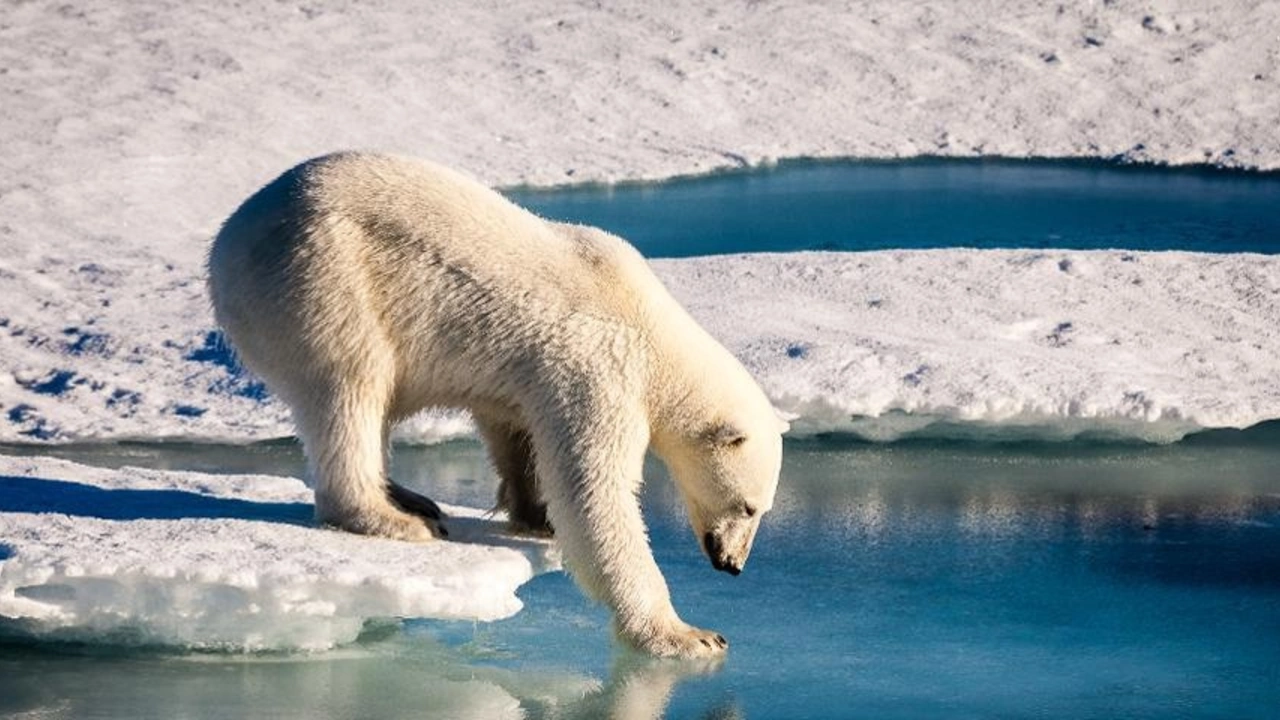Understanding Climate Change
Before we delve into how climate change affects endangered species of wildlife, it’s crucial to understand what climate change is. In simple terms, climate change refers to the long-term changes in temperature, precipitation, wind, and other aspects of the Earth's climate system. It is largely driven by human activities, particularly the burning of fossil fuels and deforestation, which lead to the accumulation of greenhouse gases in our atmosphere. This, in turn, results in global warming - a key aspect of climate change.
The Impact of Rising Temperatures
One of the most direct ways climate change affects wildlife is through rising temperatures. It's a well-known fact that different species have specific temperature ranges within which they can survive and thrive. Any significant alteration in these temperatures can disrupt their habitat and physiological functions. For endangered species, who are already struggling to survive, this can be a death sentence.
Shift in Seasons
Climate change doesn't just cause temperatures to rise, it also alters seasonal patterns. Early springs, late winters, and irregular rainy seasons can all impact the breeding and feeding cycles of many species. For example, the early arrival of spring may cause a mismatch between the time when food is available and when the species need it for raising their young.
The Threat of Extreme Weather Events
Another significant consequence of climate change is the increased frequency and intensity of extreme weather events such as hurricanes, floods, and droughts. These events can wreak havoc on the habitats of wildlife, leading to loss of life and further endangerment of species. Plus, recovery from such events can be slow, if not impossible, for some species.
Sea-Level Rise and Ocean Acidification
Climate change also triggers sea-level rise and ocean acidification, both of which pose massive threats to marine species. Rising sea levels can lead to the loss of coastal habitats, which serve as crucial breeding grounds for many species. On the other hand, ocean acidification, caused by the absorption of carbon dioxide by sea water, can severely impact species with calcium carbonate shells or skeletons, like corals and shellfish.
Disruption of Migration Patterns
Many endangered species rely on specific migration patterns for survival. These patterns are often dictated by weather and food availability. However, climate change can disrupt these patterns, leading to a mismatch between migration times and the availability of food and suitable habitats. This can result in increased mortality rates and further endangerment of these species.
The Domino Effect on Food Chains
Climate change doesn't just affect individual species; it can also disrupt entire ecosystems. By altering the numbers and types of species in a habitat, climate change can trigger a domino effect across food chains. The loss of a single species can have serious repercussions on the other species that rely on it for food or as part of their reproductive process.
Adaptation and Survival: The Uncertain Future of Endangered Species
The final section of our article explores the uncertain future of endangered species in the face of climate change. While some species may be able to adapt to the new conditions, others may not be so lucky. Continued research and conservation efforts are crucial if we are to help these species survive. In the end, it's not just about saving individual species; it's about preserving the rich biodiversity of our planet, which is crucial for the health and survival of all life on Earth.
